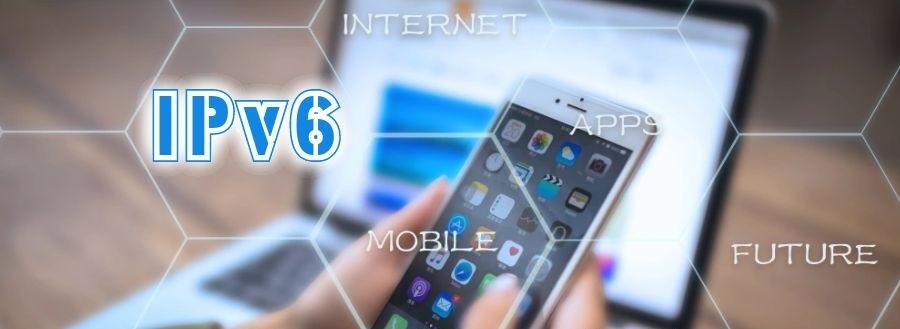Recently, the latest version of Apple's desktop operator system, macOS 12 (macOS Monterey), passed the IPv6 Ready Logo test certification of the IPv6 Forum (Global IPv6 Forum). In fact, in addition to Apple's requirement that all APP applications submitted to the App Store must support IPv6-only, Apple will apply for IPv6 Ready Logo certification before launching new versions of the operating system for iOS and macOS, demonstrating its confidence and ability to develop and deploy IPv6.

Not only Apple, but also whether terminal devices can support IPv6 has been generally valued by governments and technology companies in the industry. Internationally, the United States, Europe, Japan, South Korea and other countries have upgraded IPv6 to the perspective of national strategy, requiring domestic terminal manufacturers to support IPv6. The Malaysian government has explicitly required that all terminal equipment imported into the country must support IPv6 from July 2020.
In July 2021, China's Ministry of Industry and Information Technology and the Central Cyberspace Administration issued the "Three-Year Special Action Plan for IPv6 Traffic Improvement (2021-2023)", which clearly mentioned the need to improve the IPv6 support capacity of terminal equipment and accelerate the upgrading of existing terminal equipment IPv6. Basic telecommunications enterprises, Internet access service providers, and terminal equipment enterprises should accelerate the support of IPv6 for qualified existing terminal equipment through firmware and system upgrades. Countries are scrambling to introduce relevant policies, which means that if the product does not support IPv6, it is bound to be unable to open up the international and domestic dual markets. In order to ensure the improvement of product performance and thus bring a broader market space, the majority of mobile phone manufacturers on the one hand actively carry out IPv6 transformation, on the other hand, actively through authoritative third-party testing to obtain IPv6 support capability certification.
Data provided from the global IPv6 testing center shows that Apple's iOS system and Android system have fully supported IPv6, and there are hundreds of mobile phones running these systems that pave the way for the development of IPv6. The IPv6 support of the existing mobile phone market has been very high, and many of the top ten mobile phone brands in terms of sales: Huawei, Apple, OPPO, vivo, Xiaomi and many other products support IPv6.
Of course, in addition to mobile phone support, the realization of Internet access through IPv6 also requires a series of conditions such as external network environment support, application support, and website support for visits. In addition, we can also manually configure free IPv6 public DNS to improve the efficiency of IPv6 networks.
1. Apple mobile phone iOS system configuration method:
Open the phone settings and select the wireless LAN to find the currently used WIFI (need to support IPv6) Click configure DNS to check The manual add, and enter the IPv6 public DNS (240C::6666) connection.
2. Android phone configuration method:
Open the phone settings select Wireless LAN to find the WIFI you are currently using (need to support IPv6) Long press to select a static IP (some mobile phones may be clicked or select advanced options) Click DNS to modify, and enter IPv6 public DNS (240C::6666) connection.
At present, with the development of IPv6 integration and high-speed deployment, not only mobile phones, more and more products support IPv6, IPv6 upgrades for network applications are also accelerating, and the arrival of pure IPv6 is just around the corner. The era of Internet of Everything based on IPv6 technology will give us a more intelligent and secure digital life, and the rapid development of the next generation of Internet is reconstructing our future.